The Covid Diaries 58: London’s Charterhouse
A guided tour around (the outside of) London’s Charterhouse. In which it is a real privilege to get an insight into the workings of this historic site and almshouse from one of its inhabitants.
A Guided Tour? Is That Allowed Yet?
Thanks for checking, but yes it is! Provided it complies with all the rules, which this one does. We met in a small group (limited to six including our guide); were outdoors the whole time; and wore masks and respected social distancing. Not many companies or institutions have brought back tours yet, but my eagle eyes spotted the Charterhouse had put tickets on sale and snapped one up. Although it was still a bit cold, and I would have liked to see inside as well, it was great to do something interesting and different.
The Charterhouse are planning to bring their full offering back as soon as they can, including indoor tours from June. It is home to about 40 residents who are all 60+, so they are doing this in a way which protects residents. But the tours and other revenue-generating endeavours go to maintaining the Grade I listed buildings, which I imagine is a costly undertaking requiring constant effort. I am planning to go back once things are a bit more open, and either join an indoor tour or attend a concert or similar. If you want to look into doing the same, their website is here. If you get a tour with Brother Brian you will be lucky, as he was my friendly and very knowledgeable guide.
A History of the Charterhouse
So the purpose of the guided tours is to cover the history of the Charterhouse as well as a bit about contemporary life there. The story begins in 1348, when the Black Death was sweeping across Europe, Asia and Africa, and it was only a matter of time before it arrived in England. The monarch at the time was Edward III – part of the preparations he made for the plague was to arrange sufficiently large burial grounds, including one where Charterhouse Square now stands.
It’s not enough to have a burial ground, however. You need an orderly way to bury bodies and hopefully stem the spread of disease. For this purpose Sir Walter Manny suggested bringing over a group of Carthusian monks from France. Carthusians were normally a closed order, but were allowed out if circumstances demanded it. They had a good reputation – better than the orders with existing monasteries in England. So over the Carthusians came. Note the image with street signs above; Charterhouse is a bastardisation of Chatrousse House, Chatrousse being a village near where the Carthusian order began.
So anyway, the Carthusian monks came to England, cared for the dead and poor, prayed for souls and all that good stuff. The Black Death ended in the early 1370s, and the monks closed their doors and became a reclusive order once more. They continued on in this way until the dissolution of the monasteries under Henry VIII, when some of the monks left, and the rest were executed or disappeared.
How The Almshouse And School Came To Be
Once the Charterhouse was no longer a monastery, it became an aristocratic mansion which changed hands several times over the years. It even hosted both Elizabeth I and James I as a sort of refuge early in their reigns (the Charterhouse was just outside the City of London so was somewhat neutral territory as long as the owner was an ally).
In 1611, Thomas Sutton purchased the Charterhouse. He had made his money in various dubious ways including arms sales, so decided to save his soul by spending said money on good works. He set up an endowment in his will to support 40 poor schoolboys, and 80 Brothers ‘either decrepit or old captaynes either at sea or at land, maimed or disabled soldiers, merchants fallen on hard times, those ruined by shipwreck or other calamity.’
The Charterhouse School eventually grew much larger (and wealthier) and moved out to Surrey, where it still is today. There are fewer than 80 Brothers now, but the almshouse aspect of the Charterhouse remains where it all began. There is no longer a requirement to be Anglican; and there are even some ‘Lady Brothers’ as of the last few years. Brother Brian shared a lot more historic anecdotes with us which made our tour really fascinating. But as a potted history I think I have now covered the main events!
So What Is The Verdict On The Outdoor Tour?
I think all in all this tour is a good compromise. Yes it would be great to actually go into the Charterhouse, see the museum etc. But that’s not possible right now. Conducting tours from Charterhouse Square is a creative solution which allows visitors to interact with the Charterhouse and its Brothers; brings in a small amount of income; and piques an interest which will hopefully lead to return visits and further support. It’s important to be ‘first to market’, and the Charterhouse are offering more or less the first tour I’ve seen to return in this way. I really applaud their efforts to get things open and happening again!
On its own merits: 3.5/5
Implementing Covid rules: 5/5
Don’t miss out on more arts, heritage and culture news as London reopens: sign up below for our newsletter
If you see this after your page is loaded completely, leafletJS files are missing.

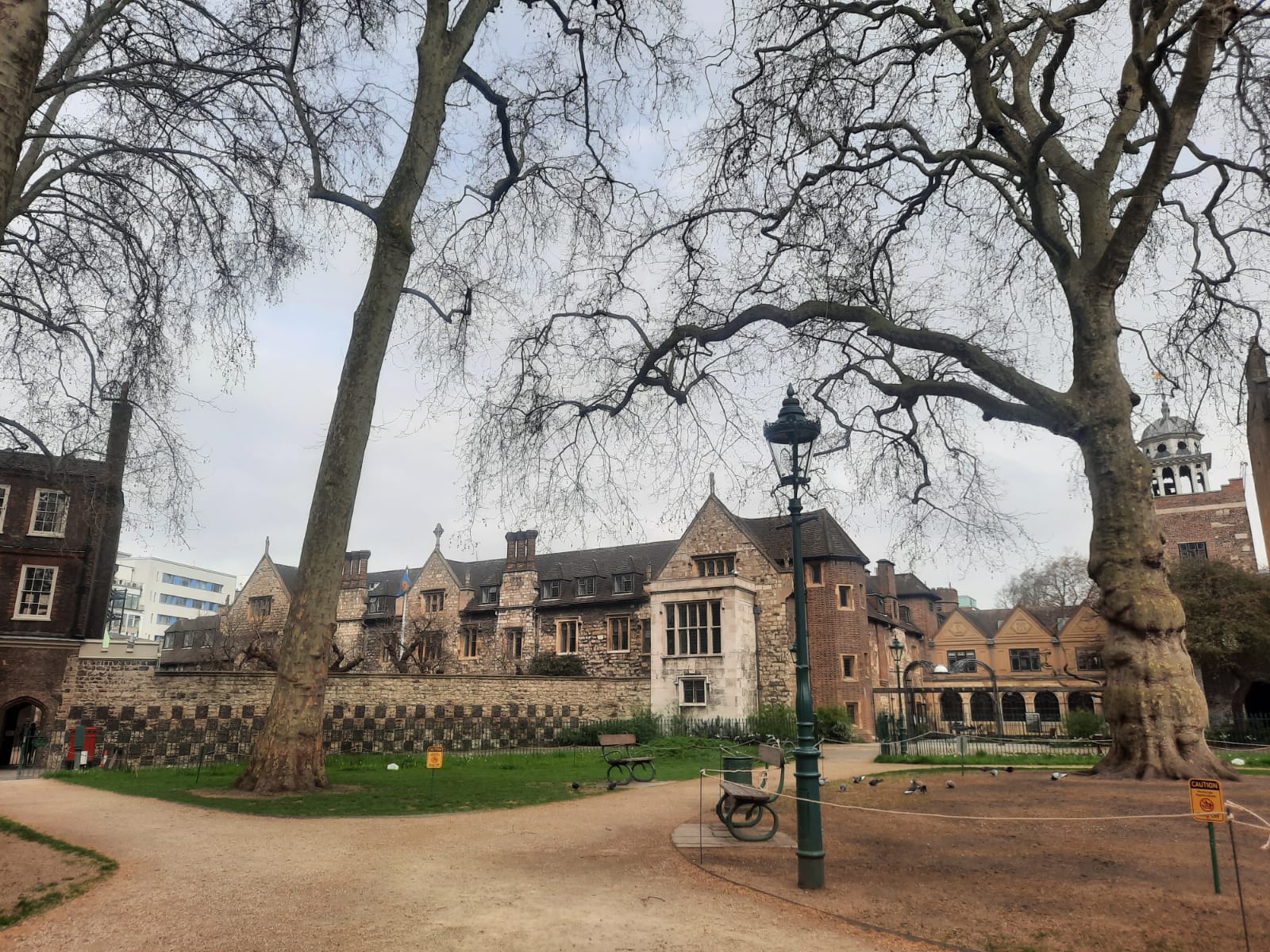
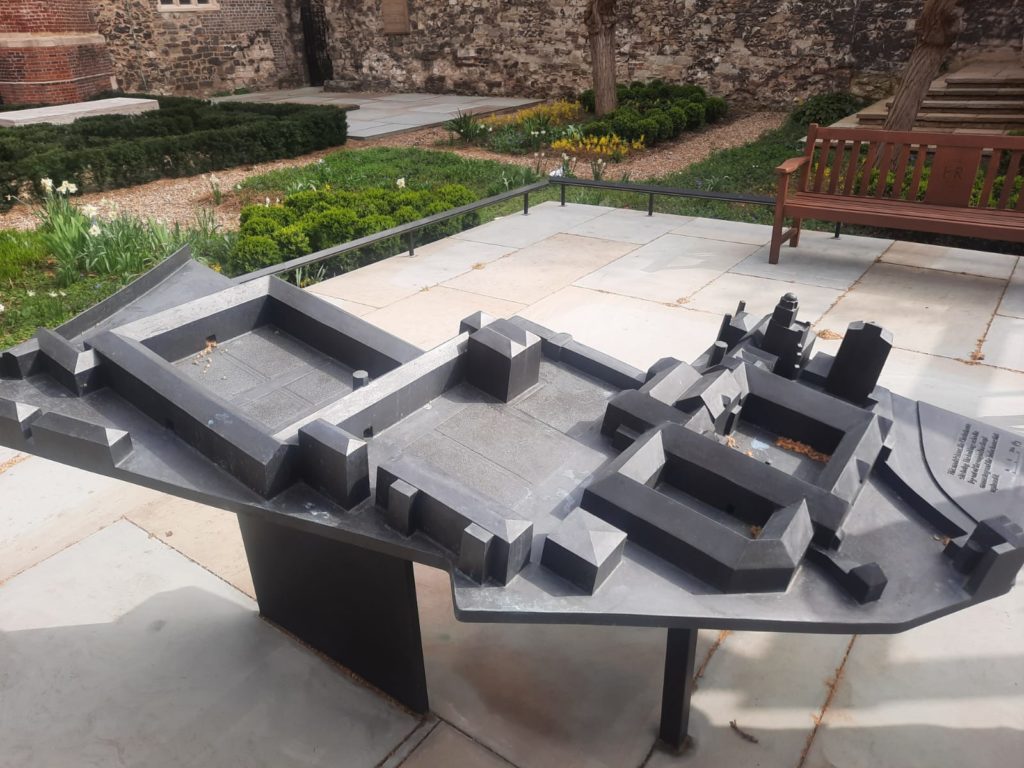
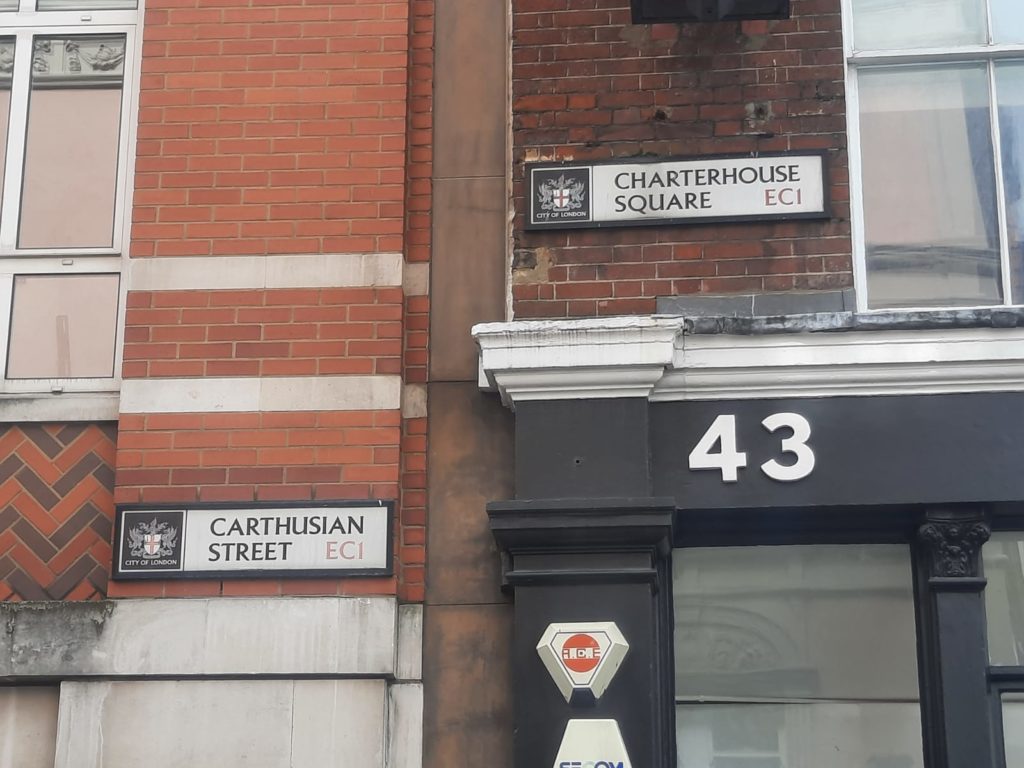
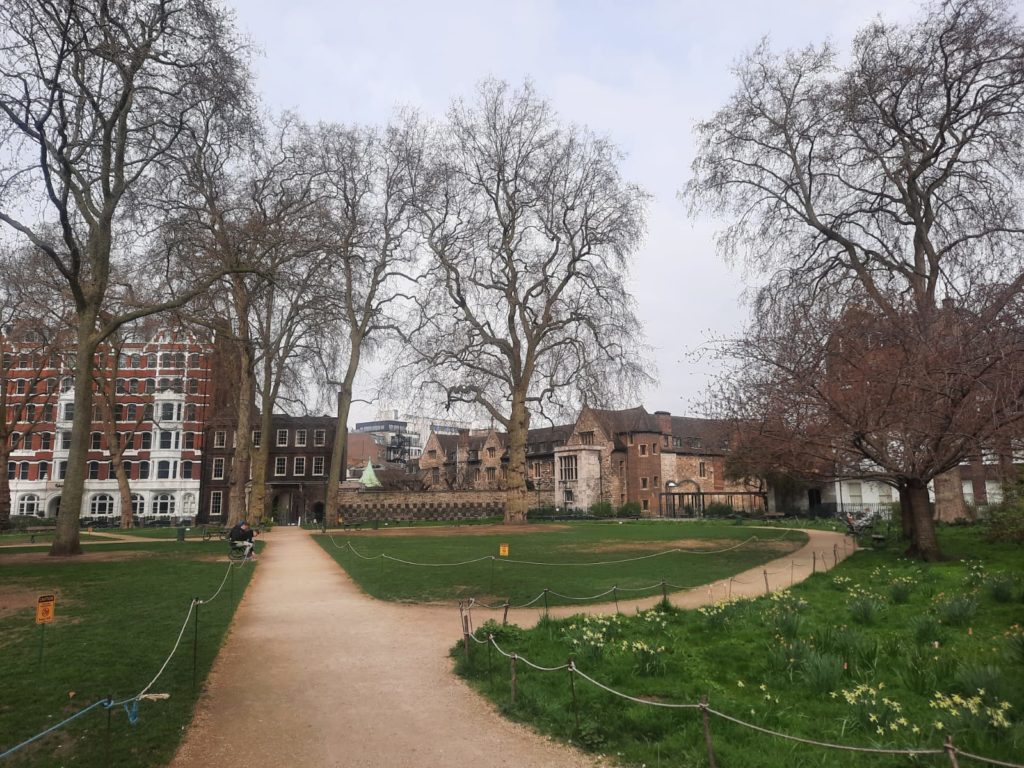
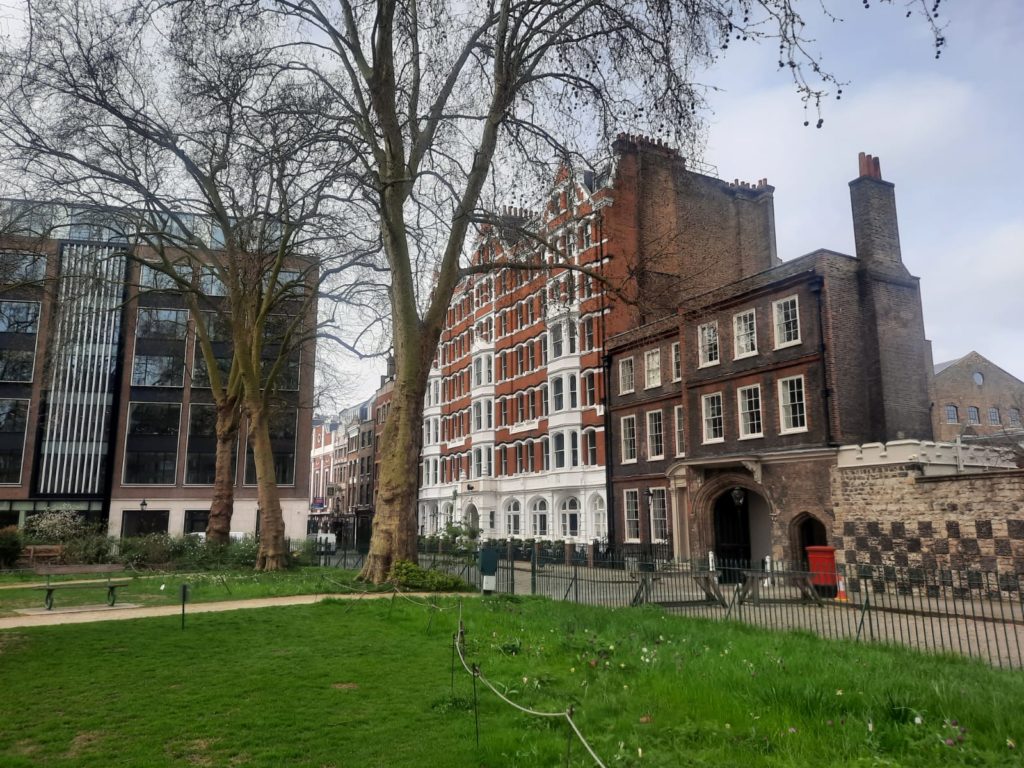
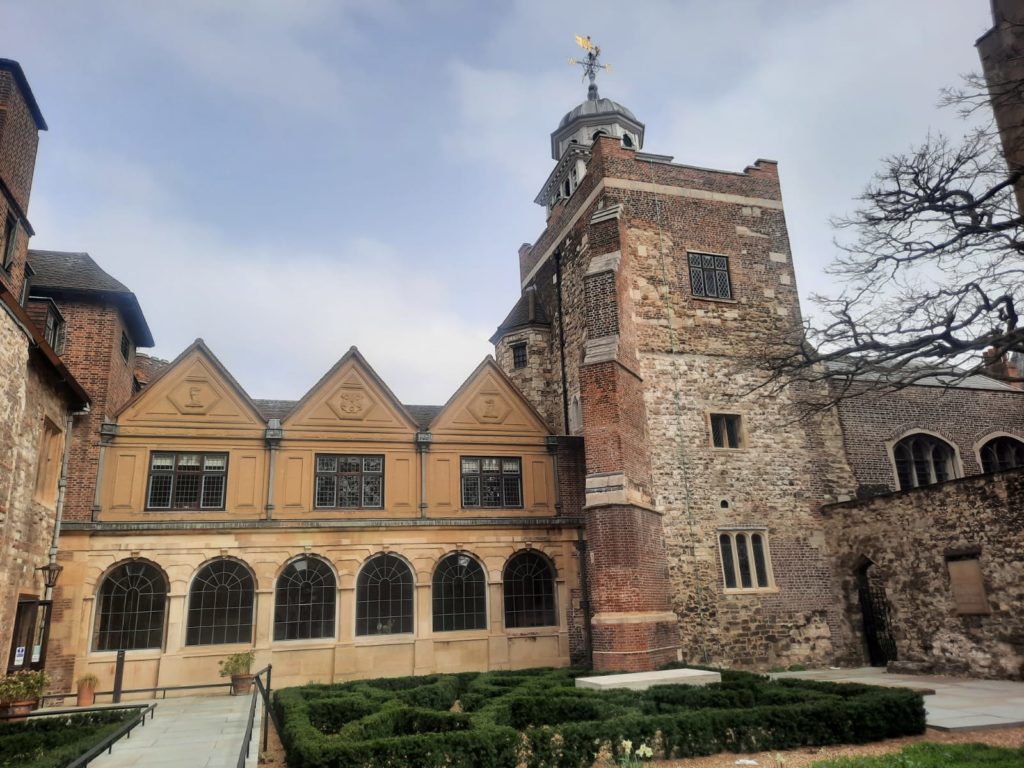

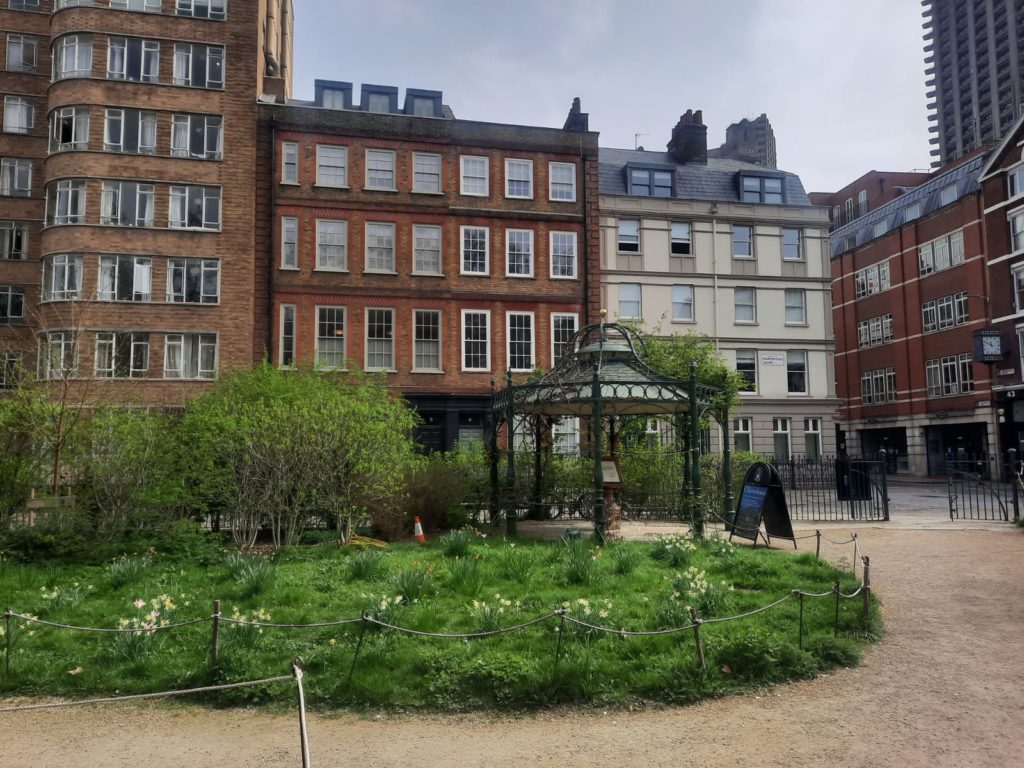
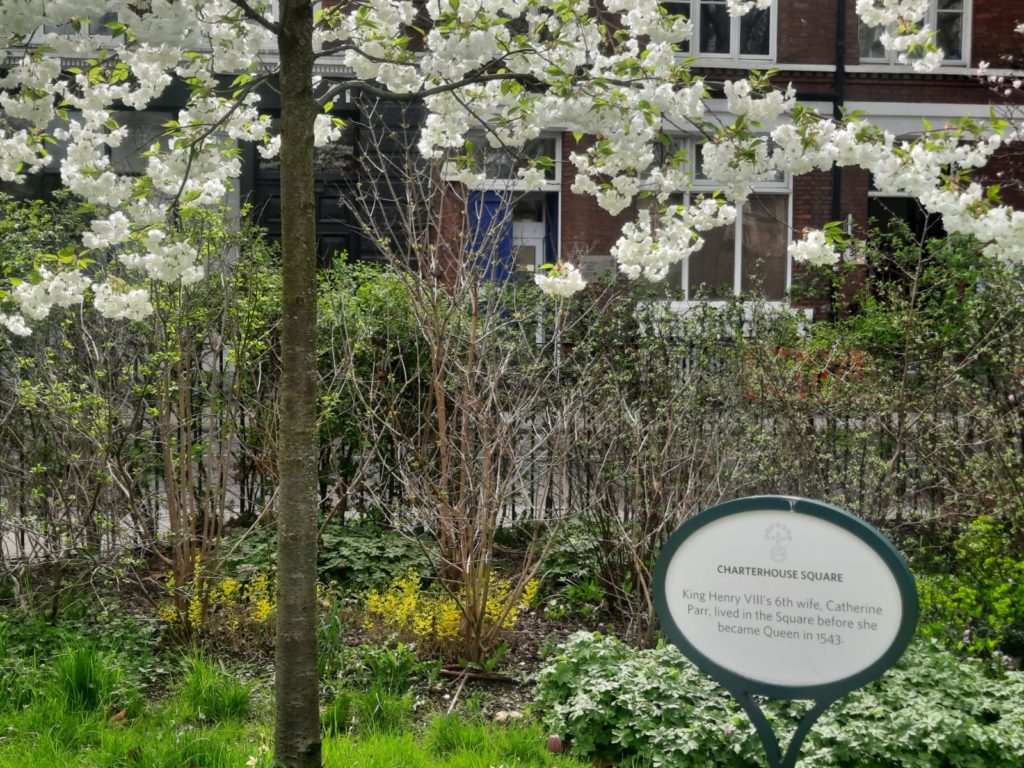
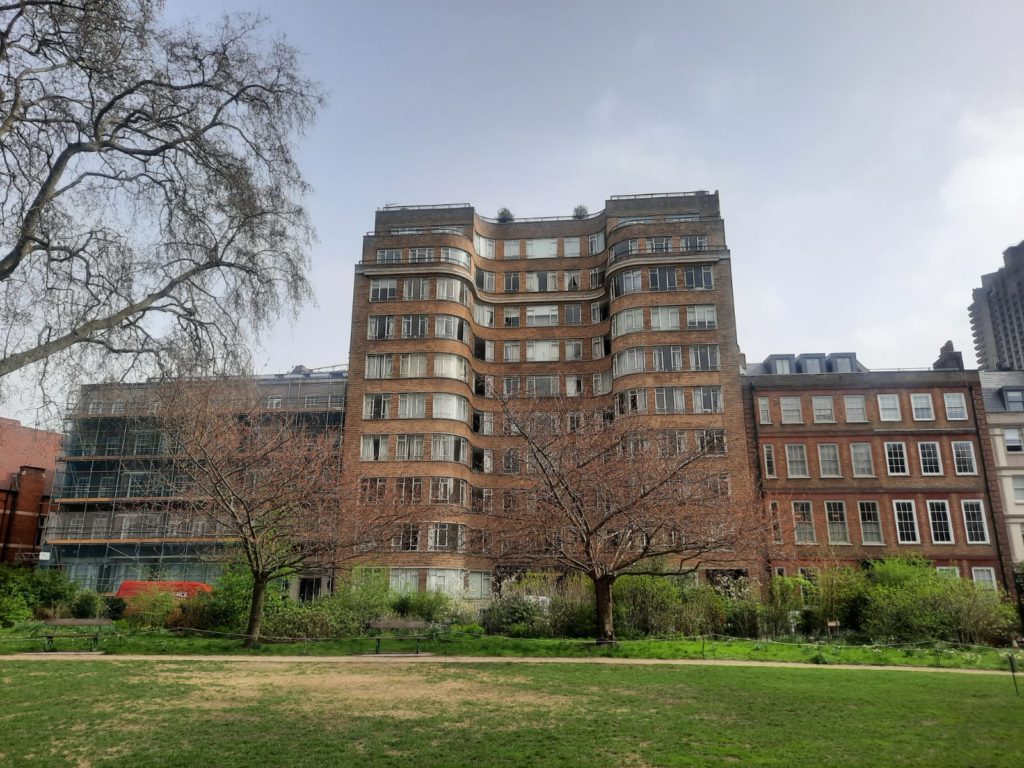
One thought on “The Covid Diaries 58: London’s Charterhouse”